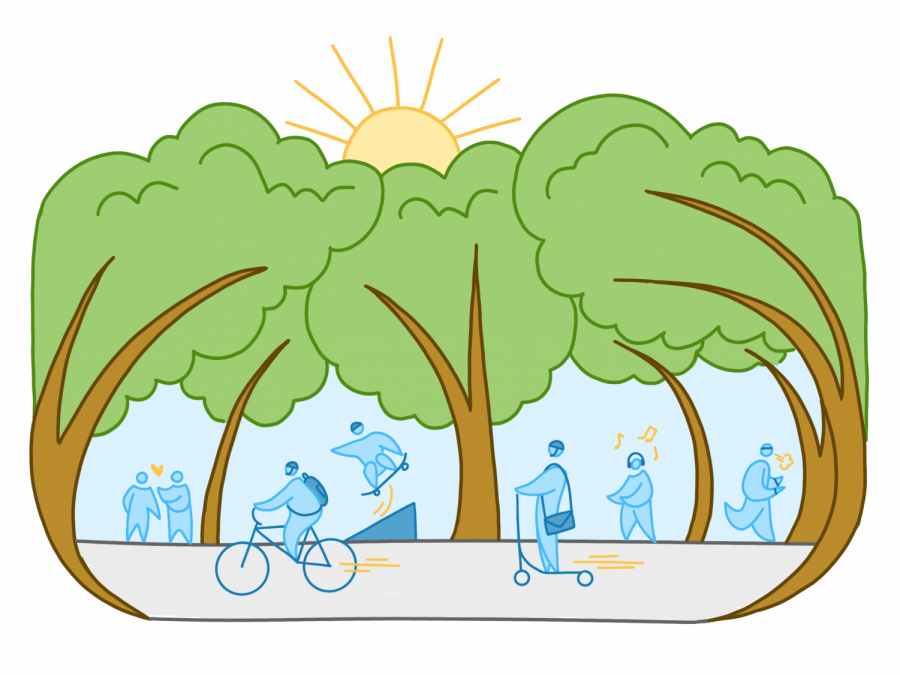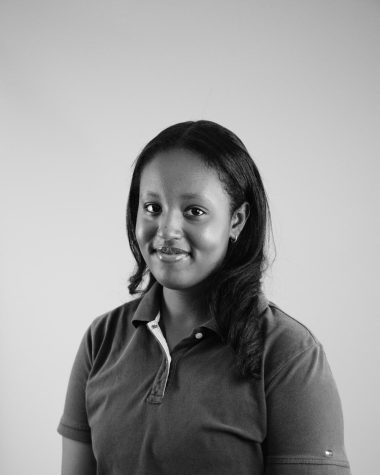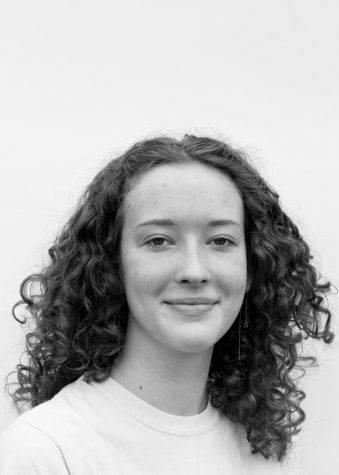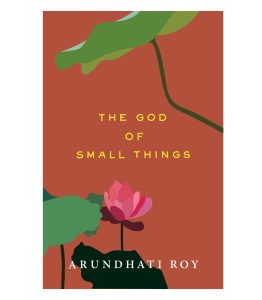Participatory Budgeting in Cambridge Persists for its Seventh Cycle
January 28, 2021
Originating in Alegre, Brazil in 1989, Participatory Budgeting has become a popular tool used to promote community engagement in over 3,000 locations. Adopted in 2016, Cambridge’s Participatory Budgeting (PB) has become a process that directly involves the community in the process of making Cambridge a more enjoyable and sustainable place. For the past seven years Cambridge residents ages twelve and up have watched their potential projects become realities all around the city. Over the years you may have noticed safer crosswalks, water bottle filling stations, and even bike repair posts around town. These projects are all thanks to Participatory Budgeting. So, how does it work?
In September, Budget Delegates receive input from the community through surveys, brainstorming, and visiting community buildings such as the various Youth Centers. These ideas are then formed into project proposals, which city staff then narrow down to the ones that appear on the official PB ballot. Voting occurs from December through January, where people will vote for the five projects they most want to see. All you need is a cellphone that can receive texts! The winning proposals are included in the budget for the following year.
The PB projects that have won for this year’s cycle are: Urban Micro-Forests, Rain Gardens for Resiliency, Bridging the Digital Divide, Bike Signals at Busy Intersections, Keep Cambridge Cleaner, Swinging Into Inclusivity, and Pedestrian-Controlled Crosswalk Lights. You can find in depth breakdowns on any of these projects on the PB website.
Since this novel democratic process began in Cambridge, the community has voted on how to spend roughly 4.75 million dollars. In 2019, one million dollars were dedicated to fund capital projects. Despite all of the expenses used this past year in aiding the public, the city has set aside $500,000 in the FY2022 budget. PB is a vital part of bettering our city as a whole, and it is important that it continues, even with the economic unpredictability 2020 has brought the Commonwealth. This year the process will be run as a half-cycle to shorten the time frame. Participatory Budgeting staff reported that an “expanded” process will resume once the community can safely return to the process as a community in person.
This year, things are looking a little different due to the pandemic. Daniel Liss of the City of Cambridge’s Budget office explained some of the new strategies that were put into place this year due to COVID-19. “To make up for the lack of in-person voting events, a pamphlet with descriptions of the projects on the ballot were sent to all residential mailing addresses and the Budget Office had phone lines staffed for 60 hours to allow residents to register their votes by phone. In addition, for the first time, the on-line voting system was available in seven languages in addition to English.”
One of the most important and special parts of this system is the engagement from the younger generation. With the growing fight to lower the voting age in the United States, Cambridge is leading by example in valuing the voice of the youth. In today’s nation, there are not many opportunities for a young person to vote on what goes on in their community. In this unique case, a twelve-year-old could vote whether they thought safer bike paths and free Wi-Fi were more important than water fountains in parks and zen gardens. Halima Osman ’23 gave her thoughts on why it is crucial to allow kids under 18 to vote in PB: “Regardless, it might not affect them right away, but it will affect them eventually so they should have a say.”
Next time you’re taking a walk around the neighborhood, and think to yourself, It’d be great if we had ____, be sure to visit the PB website to propose your idea, and you may just see it come to life!











